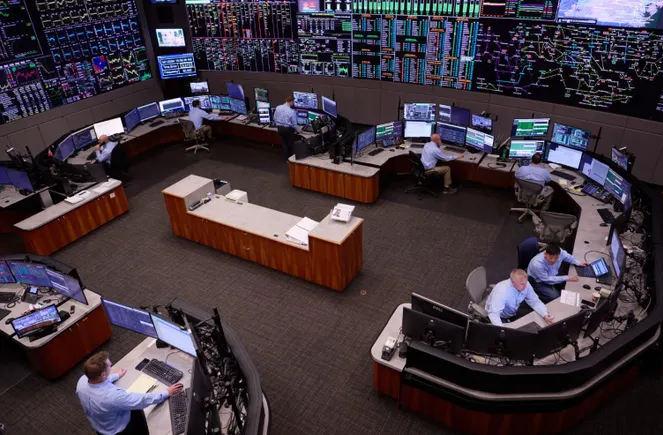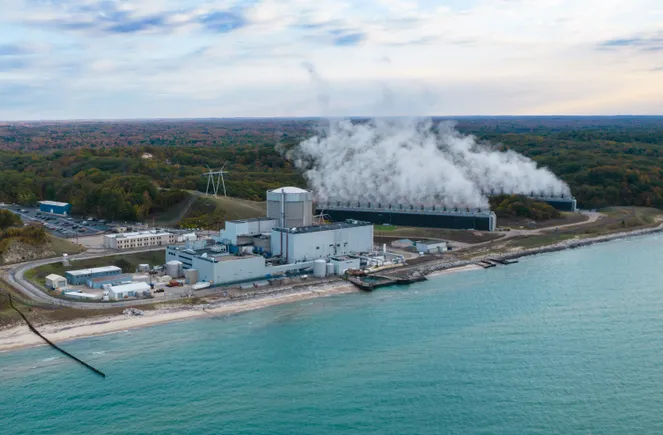
WASHINGTON— U.S. Secretary of Energy Chris Wright today announced the termination of 24 awards issued by the Office of Clean Energy Demonstrations (OCED) totaling over $3.7 billion in taxpayer-funded financial assistance. After a thorough and individualized financial review of each award, DOE found that these projects failed to advance the energy needs of the American people, were not economically viable and would not generate a positive return on investment of taxpayer dollars.
Of the 24 awards cancelled, nearly 70% (16 of the 24 projects) were signed between Election Day and January 20th. The projects primarily include funding for carbon capture and sequestration (CCS) and decarbonization initiatives. By terminating these awards, DOE is generating an immediate $3.6 billion in savings for the American people.
“While the previous administration failed to conduct a thorough financial review before signing away billions of taxpayer dollars, the Trump administration is doing our due diligence to ensure we are utilizing taxpayer dollars to strengthen our national security, bolster affordable, reliable energy sources and advance projects that generate the highest possible return on investment,” said Secretary Wright. “Today, we are acting in the best interest of the American people by cancelling these 24 awards.”
Earlier this month, DOE issued a Secretarial Memorandum entitled, “Ensuring Responsibility for Financial Assistance,” which outlined DOE’s policy for evaluating financial assistance on a case-by-case basis to identity waste of taxpayer dollars, protect America’s national security and advance President Trump’s commitment to unleash affordable, reliable and secure energy for the American people. DOE utilized this review process to evaluate each of these 24 awards and determined that they did not meet the economic, national security or energy security standards necessary to sustain DOE’s investment.
DOE’s Secretarial Policy on Ensuring Responsibility for Financial Assistance is available here.
###





















